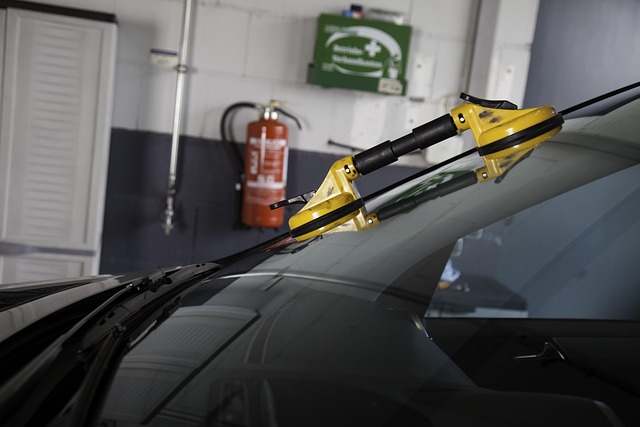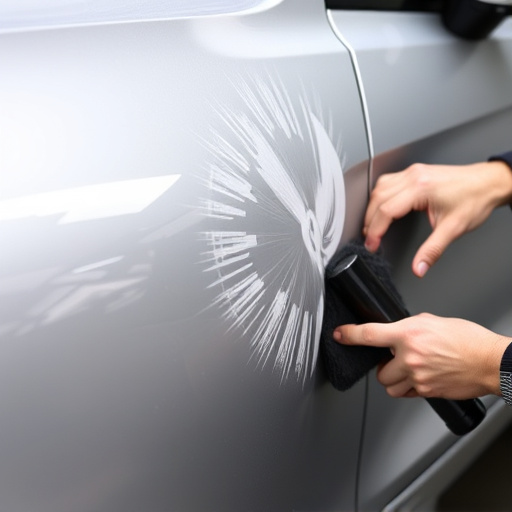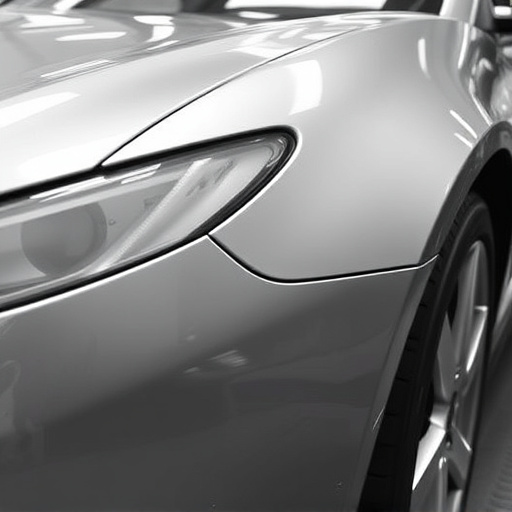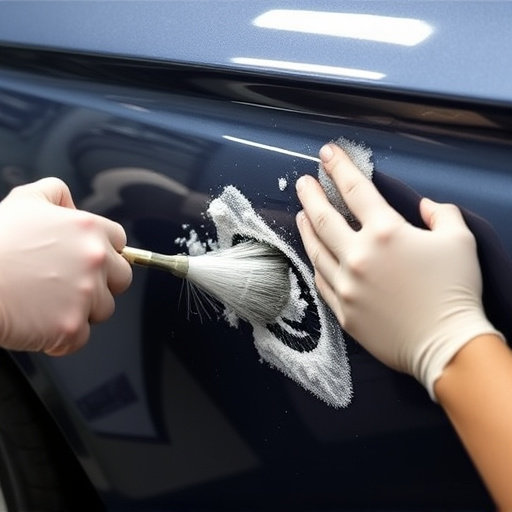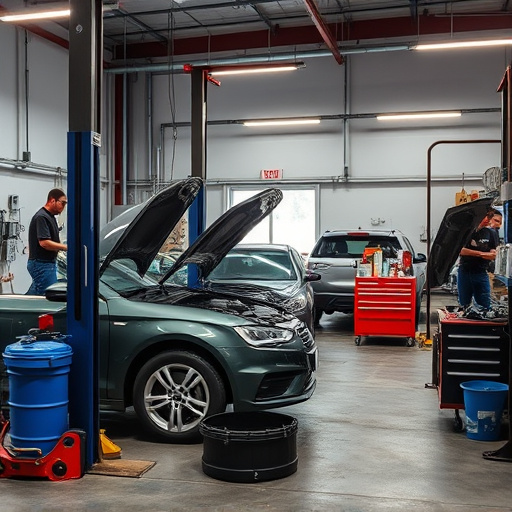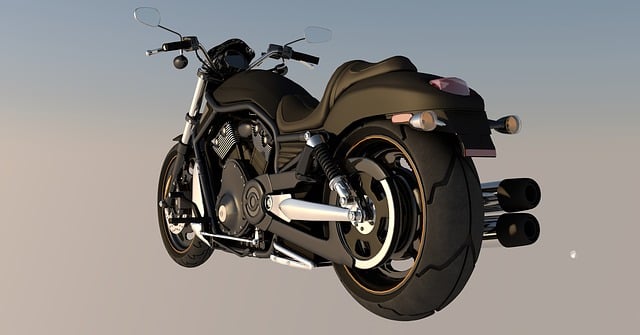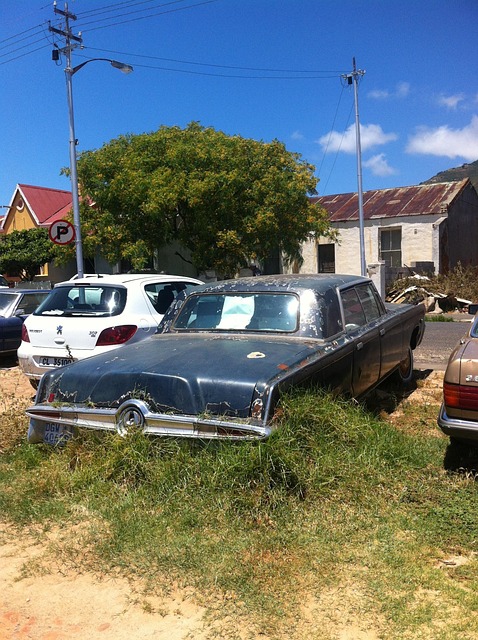Non-Destructive Testing (NDT) is a crucial method for structural integrity restoration, providing comprehensive assessments without damaging structures. Techniques like ultrasonic testing, radiography, and thermographic imaging identify weaknesses in materials such as steel and concrete, ideal for evaluating post-disaster or collision damage. NDT enhances restoration quality, guarantees long-term stability, and ensures structural safety through precise identification of issues.
In the realm of structural integrity restoration, advanced tools are revolutionizing the way we preserve our built environment. This article explores cutting-edge technologies that push the boundaries of traditional methods. From Non-Destructive Testing (NDT) techniques like Ultrasonic Testing and Thermographic Imaging, to the deployment of robotics and automation in complex repairs, each innovation offers unparalleled precision and efficiency. Additionally, digital modeling and simulation are transforming historical structure preservation, ensuring their resilience for future generations through accurate restoration planning. Discover how these advanced tools are navigating us towards a more sustainable and historically-aware future in structural integrity restoration.
- Non-Destructive Testing (NDT) Techniques for Structural Assessment
- – Overview of NDT methods used in structural integrity restoration
- – Advanced NDT tools like Ultrasonic Testing, Radiographic Testing, and Thermographic Imaging
Non-Destructive Testing (NDT) Techniques for Structural Assessment
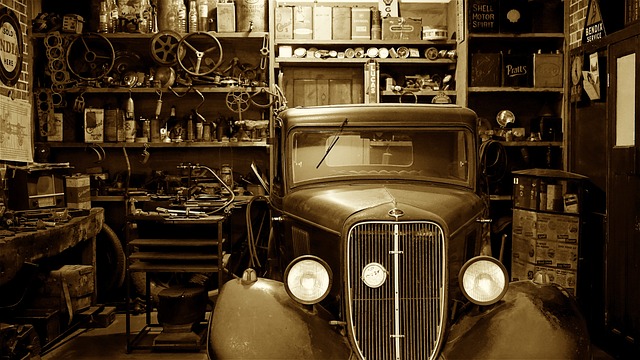
Non-Destructive Testing (NDT) plays a pivotal role in structural integrity restoration by enabling thorough assessments without causing damage to the structure. Techniques like ultrasonic testing, magnetic particle inspection, and thermographic imaging are instrumental in identifying weaknesses or defects within materials, such as steel and concrete, used in construction. These methods are particularly valuable in the context of structural restoration, as they allow for precise identification of issues while minimizing disruption to the overall integrity of the structure.
By employing NDT, restorers can effectively assess the condition of critical components after events like natural disasters or vehicle collisions (auto collision repair). In cases involving auto body painting and repair, NDT ensures that any internal structural damage is revealed before proceeding with repairs. This not only enhances the quality of restoration work but also guarantees the long-term stability and safety of restored structures.
– Overview of NDT methods used in structural integrity restoration

Non-Destructive Testing (NDT) plays a pivotal role in structural integrity restoration, ensuring that repairs are meticulous and preserve the original strength of structures. This method is particularly crucial in industries like automotive, where precision is paramount. NDT techniques enable professionals to assess a structure’s health without causing any damage, making it ideal for car body repair and collision repair scenarios. By employing advanced tools, technicians can detect even the subtlest defects or anomalies, ranging from cracks and corrosion to internal stress points, allowing for targeted and effective repairs.
In structural integrity restoration, various NDT methods are deployed, including ultrasound, radiography, infrared thermography, and magnetic particle inspection. These technologies offer unparalleled accuracy and insight into the condition of materials, making them indispensable in vehicle repair services. The ability to conduct these tests without disassembling components or altering the structure’s integrity significantly contributes to faster turnaround times and cost-effective solutions while maintaining the highest standards of safety and structural soundness.
– Advanced NDT tools like Ultrasonic Testing, Radiographic Testing, and Thermographic Imaging
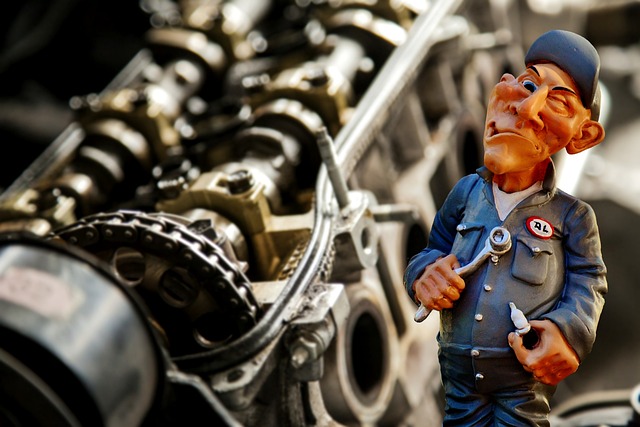
In the realm of structural integrity restoration, advanced Non-Destructive Testing (NDT) tools play a pivotal role in ensuring the safety and durability of various structures. Among these cutting-edge technologies, Ultrasonic Testing stands out for its ability to detect even the tiniest cracks or defects within materials like metal and concrete. By transmitting high-frequency sound waves into the structure, this method enables professionals to assess internal integrity without causing any damage, making it invaluable in critical restoration projects.
Additionally, Radiographic Testing and Thermographic Imaging offer unique perspectives in structural analysis. The former employs x-rays or gamma rays to create detailed images of a structure’s interior, revealing hidden flaws that might be overlooked otherwise. Meanwhile, Thermographic Imaging utilizes heat detection to identify temperature variations, which can point towards potential structural issues such as weak spots or moisture intrusion—all essential considerations in the context of both building restoration and automotive repair, particularly within an automotive body shop. These advanced NDT tools collectively empower restorers to make informed decisions, enhancing the overall quality of structural integrity restoration projects.
In the realm of structural integrity restoration, non-destructive testing (NDT) techniques have evolved significantly, leveraging advanced tools like ultrasonic testing, radiographic testing, and thermographic imaging. These cutting-edge methods allow professionals to assess structures without causing damage, enabling prompt and precise identification of potential issues. By employing these sophisticated NDT techniques, the process of restoring structural integrity becomes more efficient, effective, and cost-friendly, ensuring safer and more durable buildings for years to come.
